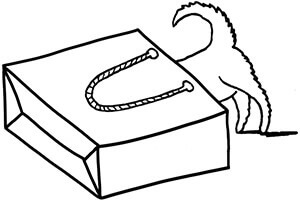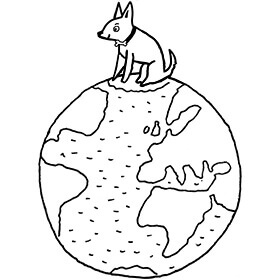-

Your Shopping Bag is empty

The Responsible Choice
Buying antique jewellery is both ethical and eco-friendly as harmful and destructive mining processes are not needed to make an item yours.
Find Out More

 Free Worldwide Delivery
Free Worldwide DeliveryThis is a charming 18ct75% pure gold (or 750 parts pure gold and 250 parts other metals) More gold ring that was most likely made in Holland circa 1820. It has later Portuguese marks as it was most likely imported from Holland. It has been pinched collet set with a rose cutThe ‘rose cut’, defined by its rounded outline and multiple triangular facets, is one of the earliest diamond cuts, with its origins in sixteenth century Europe. A rose cut typically has a flat base and anywhere from six to twenty four facets, the latter known as a full rose cut. More diamondA precious, lustrous gemstone made of highly compressed carbon. Diamonds are one of the hardest materials known to mankind. Colours of diamonds range from colourless, yellow, orange and brown to almost black. Natural coloured (or ‘fancy’) diamonds can be extremely rare. The cut, colour, clarity and carat weight of a diamond are the criteria jewellers use... More within a floral setting. The shankThe circle of metal that attaches to the decorative part of a ring and encircles the finger. More has a finely detailed laurel leaf and flower design. The laurel is a sign of strength. It is not only a symbol of honour and endurance but also of peace nobility and harmony, so this ring may have been a wedding or engagement ring
The Details
One of my favourite rings at the moment!

Buying antique jewellery is both ethical and eco-friendly as harmful and destructive mining processes are not needed to make an item yours.
Find Out More


We always stand by our five core principles: Quality, Rarity, Expertise, Peace of Mind and Personal Touch
Find Out More